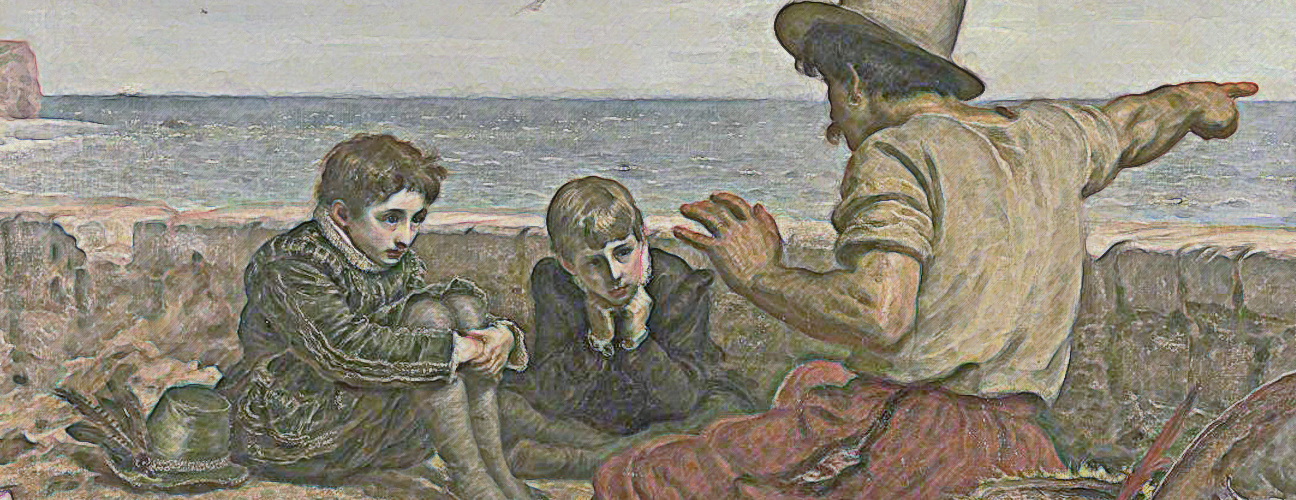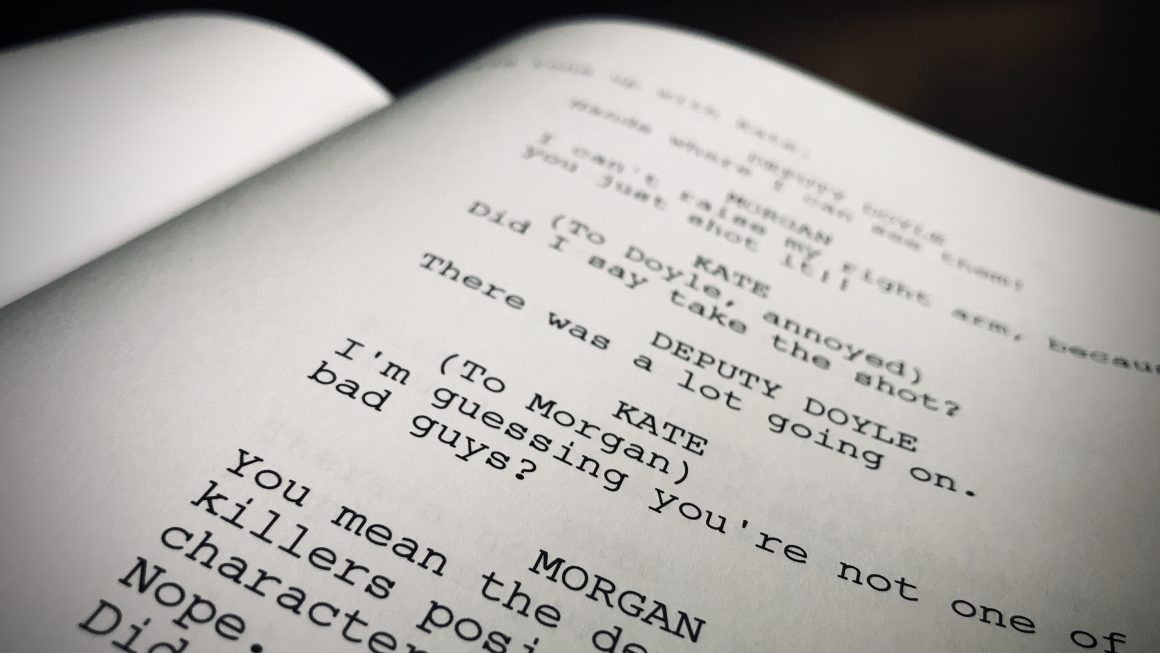What is storytelling?
We do it every day, storytelling lies deep in the social behavior of humans. We constantly share our own experiences. We tell our colleagues at work what we did last evening with the kids or which interesting places we visited over the weekend. These are all very little tiny stories or experiences that we share. Stories are told and shared in all cultures all over the world. Some people are good at telling their stories and we enjoy listening because they can bring a story in a very vivid and fascinating way, they entertain, they touch or move us and on top of that they give us insight into ourselves, social relations, problems in life, convey ideas or act out fantasies. Storytelling is an art because, like any other art, it evokes emotion.
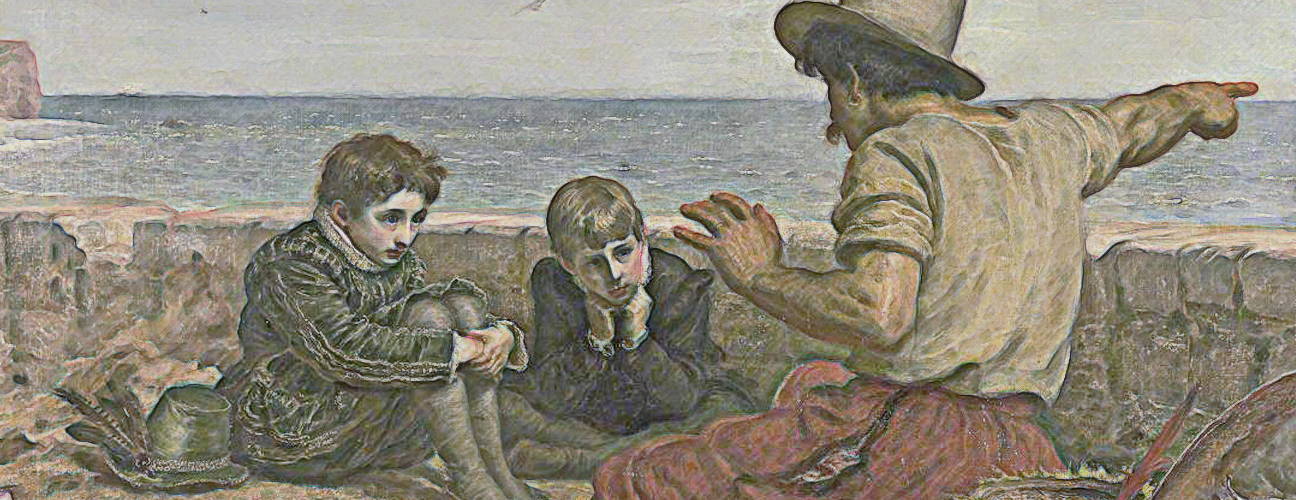
What is a story?
A story is the narration of sequences of events where the storyteller is in control of the arrangement of the events. Before a story is composed it is abstract. There are a lot of scattered thoughts, ideas, memories, experiences, and fantasies floating around in one’s head that are waiting to be put into a structure. It becomes a story the moment those elements are arranged in a meaningful and purposeful order.
What is the function of a story?
A story is a means to communicate information or knowledge in an easily understandable manner for people or an audience. Those stories can be told in a scary way to terrify people, or in a funny way to make people laugh.
Passing knowledge and information on through the use of a story is much more effective because we think in narrative structures and therefore we often remember facts that happen in a story easier than facts or information that’s been communicated through simple plain bullet points in a textbook. Teachers who have to teach children about history, science, or other subjects will be much more effective by putting the events or facts in a story. Good salesmen or TV commercials use a story to pass on a message or promote a product. A salesperson will be much more effective to bring their power-point presentation if it’s put into a story. But also through stories, we learn particular information that helps guide our decisions or evaluate our values and beliefs. We learn from stories. If we look at the basic needs of humans we see that people need information for survival and perpetuation of one’s genes and that information or knowledge can be very effectively brought to us in the form of a story
How do we tell a story?
There are different ways of telling a story, but fundamentally there are only two ways: words (spoken or written) and images. Often the two are combined. In ancient Egypt, the words were accompanied by images to give a better visualization of the message or story they want to pass on to further generations or in modern times comic books tell stories with images and very few words.
When we listen to a story we have to use our imagination to visualize in our mind what is happening.
The visualization of the story in our mind is based on previous visual elements or images we already have stored in our minds. We capture images when we visit places, witness events, see pictures and movies, and store those images in our brains. Over time our mental visual library keeps expanding. By listening or by reading a story we recall those stored ‘mental images’ and combine various elements of those images to create a new image or visualization of what answers best to the description the storyteller gives us.
Spoken words or written descriptions certainly leave the door wide open for each member of the audience to make their own visual interpretations of the events in the story. To make sure every member visualizes the same thing, the storyteller can draw or show an image. In primitive times it was a drawing in the sand or on a rock wall to make sure everybody understood or pictured the same thing. In a split second everybody could easily understand what the storyteller was trying to convey. Everybody saw the same image and left very little room for interpretation of what was shown.
Where did it all start?
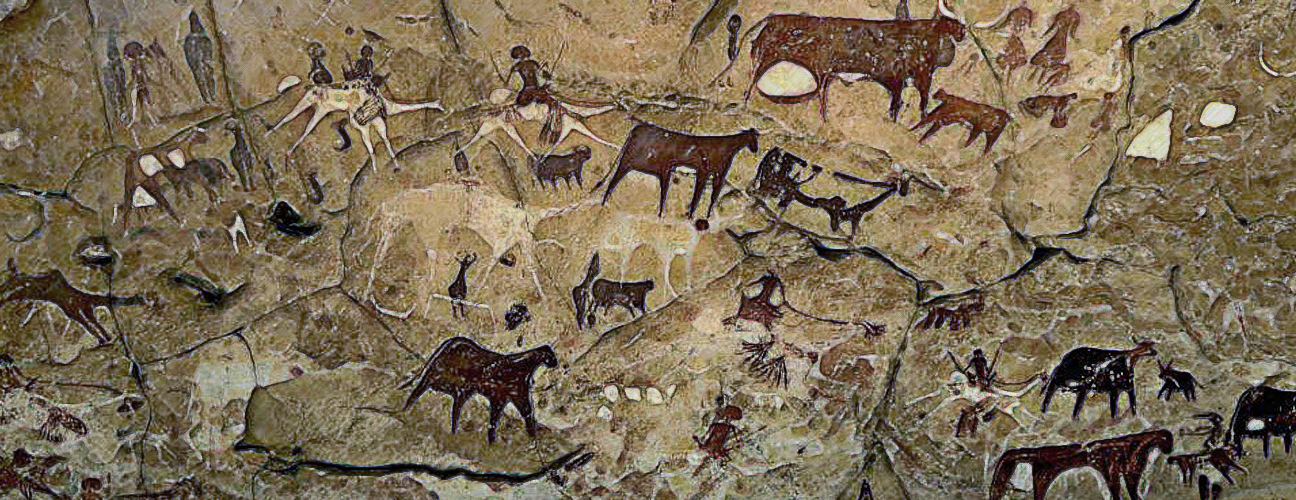
Telling stories goes way back to the days when cavemen started to communicate with one another. Those early storytellers used body language and primitive sounds to act out an event that occurred to them, it was a very visual way of communicating that later developed into a spoken language. In primitive times storytelling was all about sharing and passing on knowledge about survival from generation to generation. Those early storytellers functioned as teachers, historians and entertainers of their tribe or clan. This means that the members of the clan enjoy listening to the knowledge, information or the message the storyteller brings. Storytellers were very well respected and valuable to their group. Throughout history people who master the art of storytelling gained in general a high status in society, just as writers, actors, directors, musicians, businessmen, lawyers and politicians nowadays. They all use stories effectively to communicate or bring their message to the people or audiences.
Throughout history, paintings and illustrations helped audiences to visualize stories. Very often those paintings and illustrations captured a whole story in one frame. Those stories were very often about religion, myths or simple acts about everyday life. Artists who made those paintings and illustrations, helped people to visualize the stories of their time to show us what everyday life looked like or what was important in their era.
The Stage Play
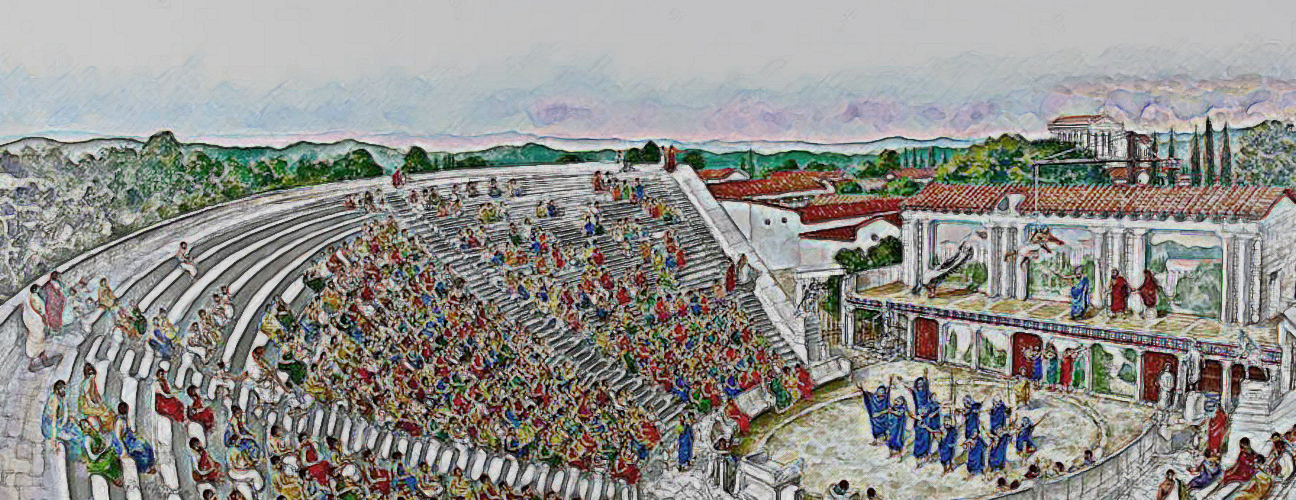
The Greeks introduced another form of story visualization, the stage play. Storytellers used actors, sets and set design, music and dance to dramatize events from Greek mythology. It was a whole new way to experience a story. A stage play demands no visualization inside the mind of the spectator. The audience only has to sit back and watch the spectacle. The Greeks also introduced different styles of storytelling. The story could be a tragedy, a comedy or a satyr. Greek mythology has had an extensive influence on the culture, arts, and literature of Western civilization and remains part of Western heritage and language. Poets and artists from ancient times up to the present have derived inspiration from Greek mythology and discovered contemporary significance and relevance in the themes. Also Psychology has a significant tradition of utilizing and honoring myths and mythology. They both attempt to provide metaphors that chronicle and explain the human condition and humanity’s underlying motivations and impulses. They deal with issues such as life and death, love and hate, sexuality, nature, conflict and tension between opposites, etc… and those themes are recurring in almost every single story told nowadays.
For centuries people could experience stories by listening to local storytellers, reading books, looking at paintings and illustrations or by going to the theater to enjoy a stage play.
Paintings, drawings and illustrations were for thousands of years the only way to visually capture an event and display it in a frame for people to look at but in the mid-1830 a new way to capture and display events was discovered, photography. What at first took weeks could now be captured in a matter of seconds and be preserved for eternity with high realism on a photographic plate. The technology evolved quickly, and photographers were able to freeze an event in a split second onto a picture.
Moving Pictures
60 years after the invention of photography, the Lumiere brothers were able to create the illusion of moving pictures by capturing an event at 16 pictures a second and projecting those pictures at the same speed onto a big screen. The first moving pictures were called ‘films’ or ‘movies’ which were very simple short black-and-white capitations of trivial events in everyday life.
Learning to understand moving pictures.
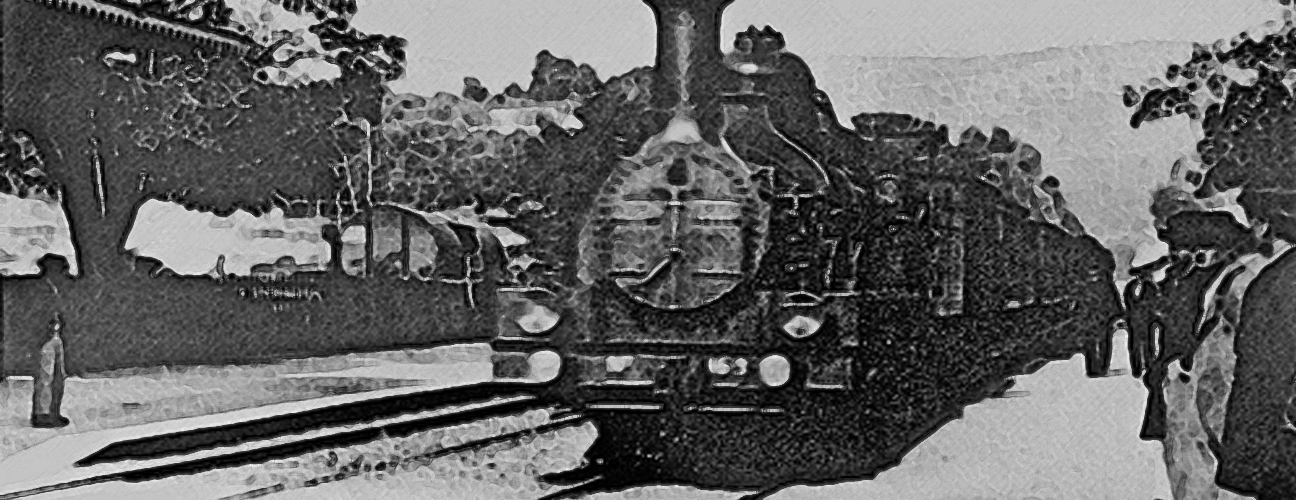
At first, people couldn’t grasp what was happening. Although the first films were technically very poor, they still evoked huge emotions in the audience. One of the first famous films about the arrival of a train had a very profound and intriguing impact on the audience. It was revolutionary at the time. Today we wouldn’t be shocked at all, we probably would laugh at the poor quality of the stuttering black-and-white film. Our brain has learned over the last hundred years to interpret moving images and distinguish what is real and what is not, but back in the day, when people were visually uneducated, it was the perfect tool to create a visual illusion or to fool people.
Melies, a French illusionist, saw those first short films and thought it was a great new way to bring stage magic to the audience. Because moving pictures were so realistic to the audience of those days it made the perfect medium to believe the illusion. Melies used film to make people appear and disappear. He captured those illusions by placing the camera at the same position as where the audience would watch the stage in a theater. He captured the whole stage at once. The entire magic happened in one wide shot. Little by little he started to add narrative to the magic or illusions, and the succession of those moving pictures started to tell a very tiny, little and simplistic story.
Telling stories with moving pictures
It didn’t take long before storytellers discovered film is an excellent medium to tell their stories without leaving the audience to guess what the events and places in their stories would look like. The big advantage of film is that storytelling is now not only limited anymore to the stage and their various sets to create the illusion of different locations. Storytellers now have the possibility to take the audience to real locations where the actors play out the story without leaving their seats. Stories told through moving pictures added a tremendous amount of realism and visual precision to what the storyteller wants to bring across. By shooting in real locations the story becomes more believable. All those words that were first needed to describe the situation and the emotions of the characters were now combined in a sequence of pictures. There was no need anymore for the audience to use their imagination in order to visualize the story. It’s already done for them, it plays in front of them on a screen and the storyteller can bring his story in a much more effective way to his or her audience.
‘A picture is worth a thousand words.’
However, there was one problem. The early stories told through moving pictures had no sound. Actors could not express themselves by using their voices or giving the audience information about the story. Therefore title cards in the form of ‘intertitles’ with a short description were needed to make sense of the shown events. In silent films, actors had only their bodies and facial expressions to communicate feelings and emotions to the audience. Since people are very visual, they take in those emotions – body language – and are able to relate to them in order to understand what the actors were expressing. Soon music was added to enhance those emotions, to enhance or clarify the mood of each scene. The only effort demanded from the audience was to imagine the soundscape, the surrounding sound, with the pictures shown. The audience only has to sit back and watch the story unfold in front of them on the big screen. The storyteller is now guiding and directing with the camera where the audience has to look to understand the story.
A silent film is a story told through emotions expressed by the character’s body language.
Striving for realism
To turn movies into more real real-life experiences, the frame rate became faster, making the character’s movements smoother and with the introduction of sound it also gave them a voice. Since characters can speak now, it allows the storyteller to put much more information into their stories.
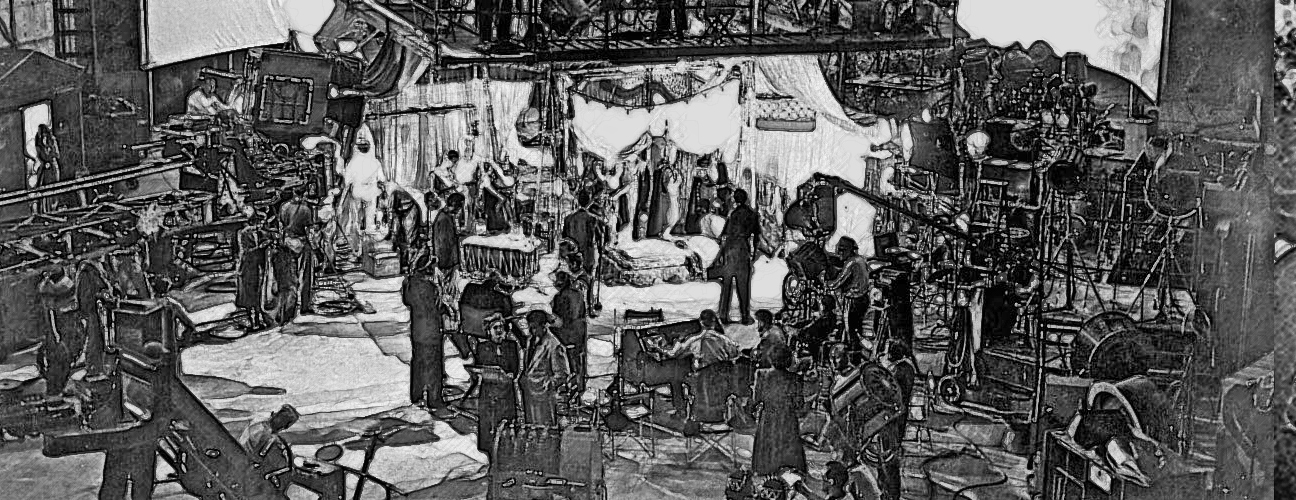
The characters can have a conversation with one another to reveal information necessary for the audience to follow the story. It also gave the characters the possibility to speak in subtext, which is saying one thing while the body language shows something else. In life, a lot of communication between people happens in subtext. The more real it all looks, the more we accept the story as true. The use of shot sizes: wide ,medium and close up helped the actors to express their emotions in a more realistic way. It wasn’t necessary anymore to exaggerate their expressions in order for the audience to see them.
“The silent pictures were the purest form of cinema” – Alfred Hitchcock
In the first films everything was shot in one wide shot and editing was at first used to select the best take of a scene, which means choosing the take that shows the best expression or emotion of the character to tell the story. Later on, editing and camera positions were used to guide the audience and tell them where to look or whom to look at, to capture important information about the story. Pretty soon storytellers also discover that by editing shots in a certain sequence you can evoke emotion with the audience that is not necessarily matching with what the characters experience. Editors can cut out certain emotions or expressions of the characters to manipulate the meaning of a scene.
It’s through the emotions of the characters that the audience experiences the story.
The evolution of storytelling through the means of a movie is one of constant improvements to bring the experience as close to real life as possible, as if you would be right there with the characters, in the moment, joining them on their quest or journey. The introduction of color, surround sound and 3D are all improvements to enhance the illusion of reality. The acting style evolved over the decades to a much more natural style which made the characters become more authentic and real.
The visually literate audience
Our eyes are constantly in motion, even if we fixate on something, they still move. It is our brain that stabilizes the image projected on our retinas. It’s also our brain that cuts out the movement when our eyes shift from one side to the other and see another stabilized image. The way we see images is the way a visual story is told: by stabilized images and cuts. From the early days of cinema, the camera was placed on a tripod or a dolly to stabilize the image, the same way our eyes work. If the storyteller wants to show another image to tell the story the irrelevant pan or tilt or positioning is cut out, the exact same way we see the world. When somebody behind us calls our name, we don’t see the moving or blurry image when we turn our head and body to the person calling our name. In a ‘blink’ of an eye or ‘in a cut’ we see the person, the movement is not shown by our brain.
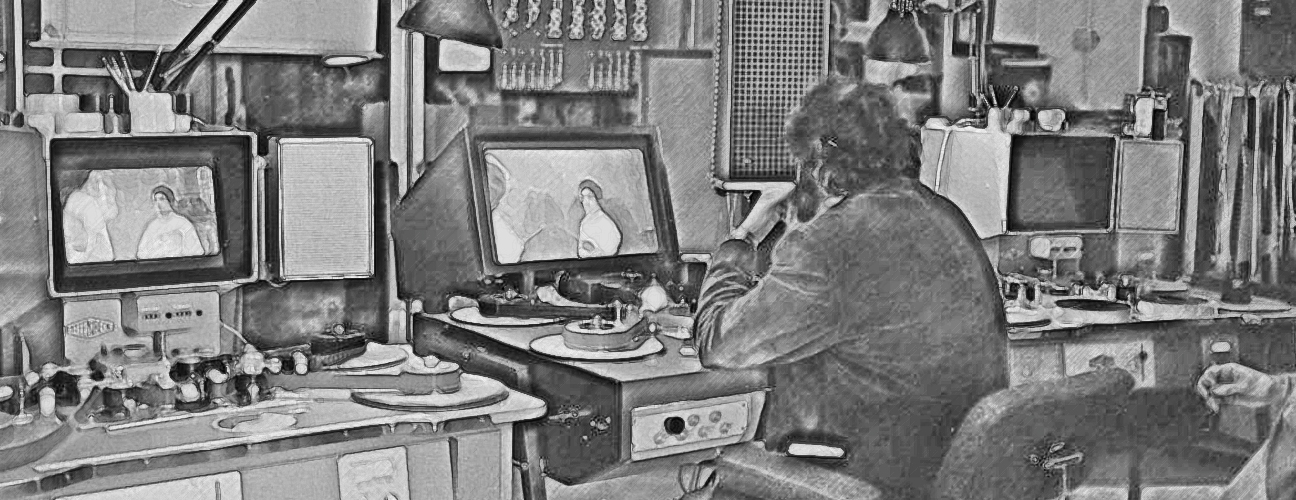
Soon visual storytellers discovered that ‘cutting’ the action enfolding on camera became a powerful tool to tell a story in a more condensed time frame. In the beginning, audiences had to learn how to interpret the succession of the moving images turning into shots. It took time for them to ‘read’ the image, to see what was going on, what the next shot is about and how the succession of these shots turn into a story.
In the early days, the whole action needed to be spelled out. For example: a car arrives in front of a house. Next, the character steps out and walks to the front door. The key goes into the lock and the character enters the house. The succession of these shots made the audience understand that the character came home and entered his house. Over the years the audience learned to understand that when a car arrives in front of a house, the character will very likely enter the house. There was no need to show the entire walk up and put the key in the look before entering. Visual storytellers now only have to show the car arriving, followed by the next image where the character is already inside the house. The audience makes the ‘third shot’ up in their minds where the person walked up to the front door and puts the key in the door. There is no need to tell and show all the action. The audience is now visually educated enough to understand the action that has been left out while an audience who has never seen movies or moving pictures, this would come across as jarring or confusing.
What we see is the truth.
Moving images are very powerful. Whatever is captured by a camera is perceived as real and the truth. Why would images lie to us. We see it with our own eyes, therefore it must be real.
Journalists discovered that instead of writing about the news, they could also show the news to a large audience through moving images. It would eliminate all of the interpretation of the written word and show the audience what is happening.
Since news often happens in the moment and technology allowed for smaller cameras and smaller crews, they were able to capture important events on the fly. But the camera operators had to be quick and as a result, needed to give up stable and smooth images. To capture the moment as it was happening, the camera was placed on the shoulder, which naturally resulted in less stable images. At first, it came across as jarring but over time the audience got used to seeing these images. From now on each time ‘shaky’ or unstable images are shown it’s linked to news coverage. And since the news doesn’t lie, these images must be true.
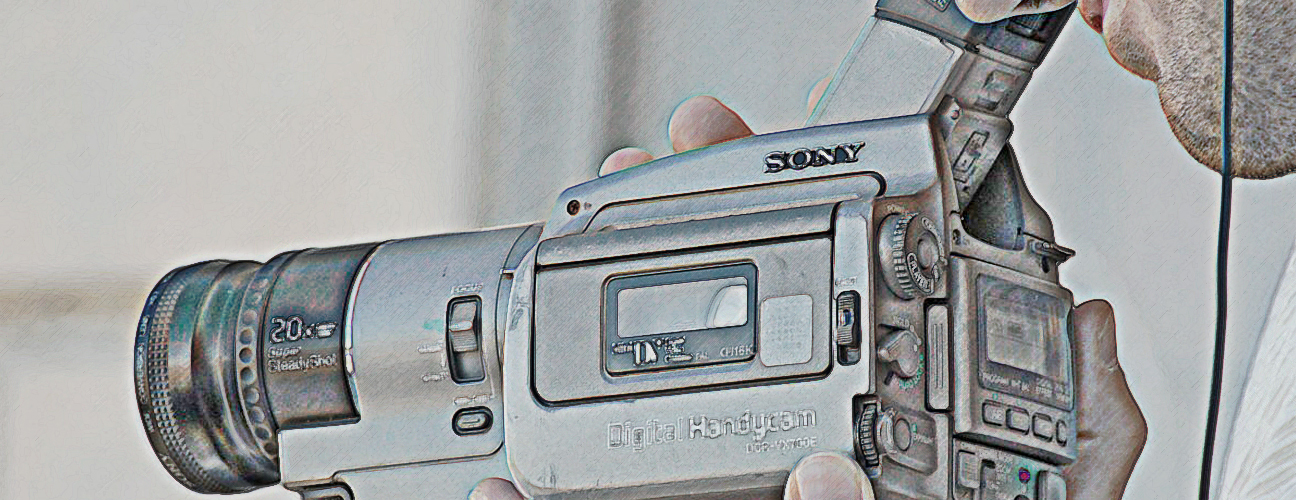
The commercialization of 8mm cameras and later portable home video cameras, gave the ability to everybody to shoot their own little video. However, since most people didn’t have the proper camera support to stabilize their images, all their footage was unstable and shaky as well, just like news footage.
As a result, the audience is now conditioned to interpret those unstable, unpolished and shaky images as the reality, the truth. They filmed all these special moments of their loved ones themselves, they were there, why would it be fake? This now becomes the visual language of Reality TV and documentaries to tell their stories and make the audience believe that whatever they tell is absolutely real.
Summary
Throughout history, visual storytellers, whether it’s theatre directors, movie directors, TV or documentary filmmakers. All of them aimed to visualize their story to bring their ideas across. Starting with prehistoric cave paintings, acting the story out on stage, or using all modern film tools available to tell a believable story. Using images is the perfect tool to create a story that everyone believes because we see it with our own eyes, so it must be true. Even if it’s a fantasy story set in the future, in space or on a distant planet, storytellers constantly strive to visualize their stories through the characters and visual imagery to tell stories the audience would believe.

